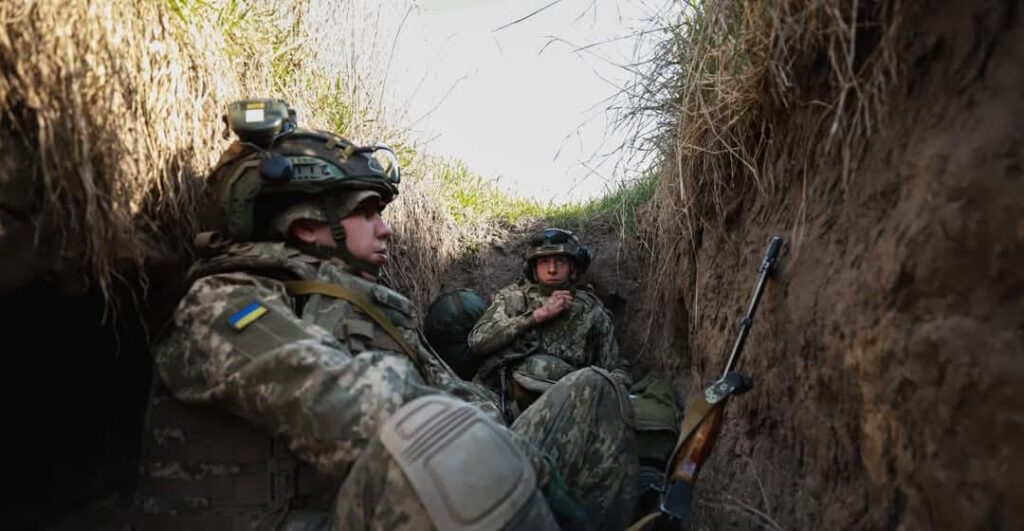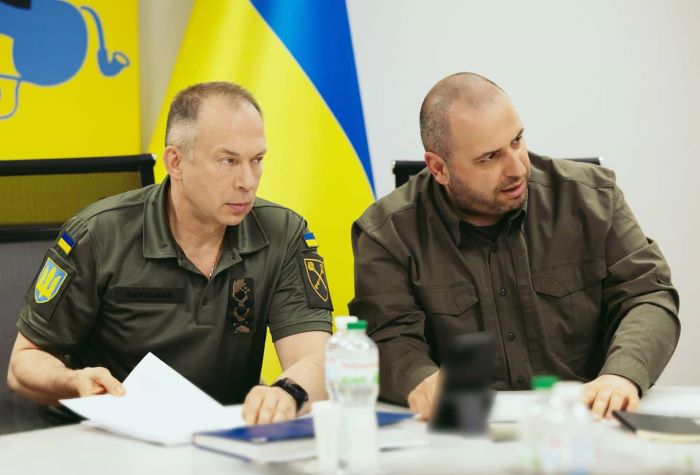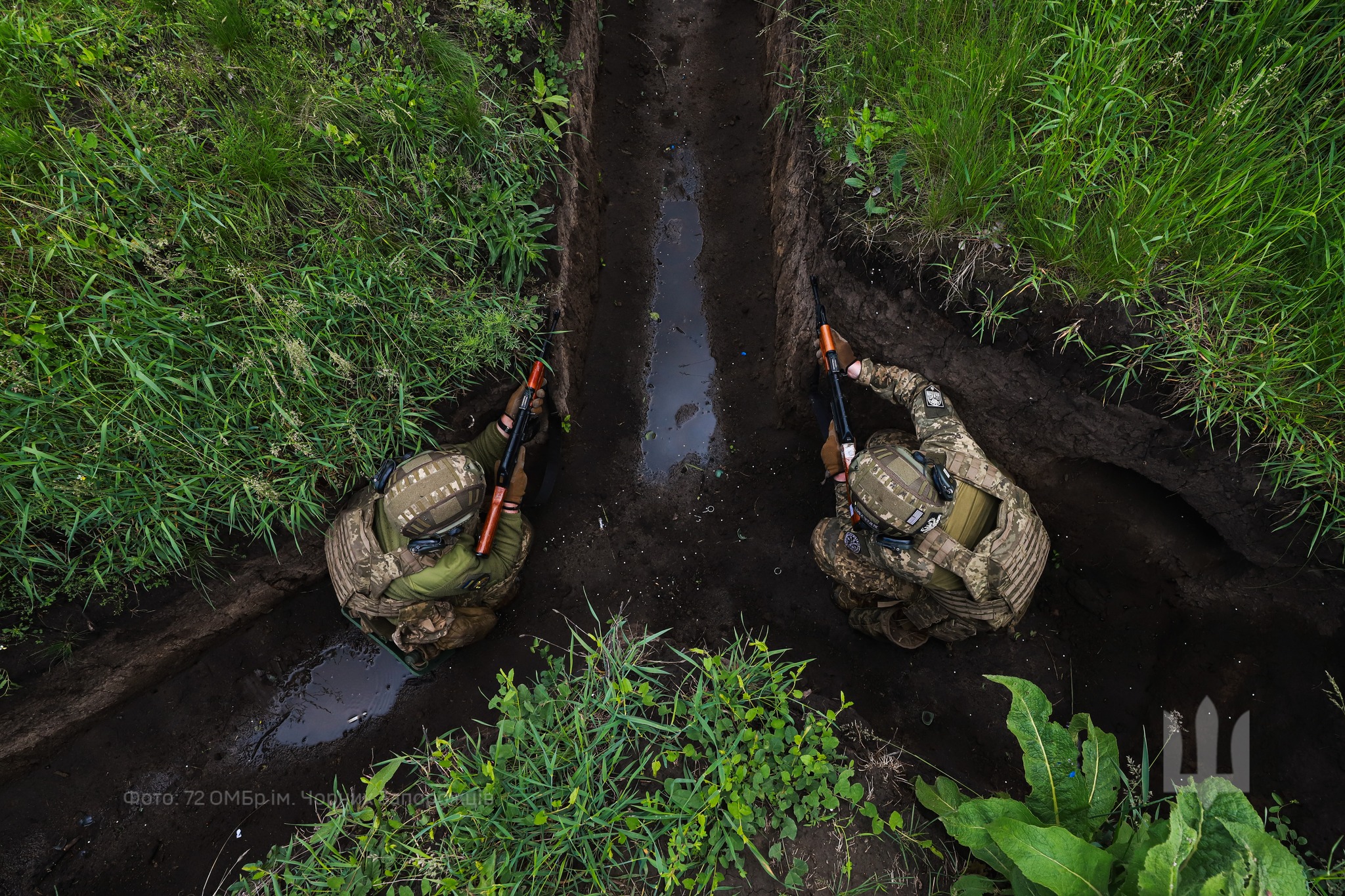Ukraine has spent nearly €1 billion on fortifications over the past year to halt Russian advances. But as Moscow’s forces capture ground at their fastest pace in months, serious concerns are mounting over whether the investment is delivering results where it’s needed most, Politico reports.
A shift in strategy to match Russian tactics
Facing a change in Russian tactics — smaller assault units backed by drones — Ukraine is rethinking how it fortifies its defenses. Instead of long, linear trench systems, the military is now building compact, concealed strongpoints better suited for modern warfare.
“The most effective position is a maximum of one detachment,” said Army Chief Oleksandr Syrskyi.
He describes how smaller trench groups and foxholes with anti-drone protection have replaced sprawling 2–5 km lines. These newer positions are typically 60–70 meters long and designed to avoid detection by surveillance drones.
Defense Minister Rustem Umerov called the new system “an adaptive engineering approach” that considers enemy tactics and focuses on protecting soldiers.

€1 billion spent — but uneven results
Prime Minister Denys Shmyhal announced earlier this year that the government allocated 46.2 billion hryvnia (€930 million) to build 3,000 defensive points, including in areas not yet under active assault.
Despite that investment, Ukrainian analysts and frontline troops say implementation is inconsistent and often delayed. In Dnipro, local governments and military units worked in sync to build three solid lines of defense. But in critical regions like Sumy and Kharkiv, the situation remains chaotic.
“What is happening in Sumy and Kharkiv Oblasts is a mess,” said Roman Pohorilyi, co-founder of OSINT group DeepState. “Hardly anybody knows who is responsible for what.”
He cited examples of poorly placed trenches, unused dragon’s teeth, and incomplete barriers.
Troops still digging under fire
Even with the €1 billion spend, much of the dangerous work is still being done manually by frontline troops. “Ukrainian servicemen still have to dig the first line of trenches with shovels and during active fighting,” Syrskyi acknowledged.
And without enough personnel, even the best-designed fortifications are ineffective.
“If there are no servicemen in the fortification or their number is insufficient… it does not play its role,” Syrskyi said.

Delays that cost the front
Ukrainian forces operating in Russia’s Kursk Oblast say they bought time for defenses to be built in Sumy — but that time wasn’t used effectively.
“We gave time to prepare the border area… but they hardly used it with 100 percent efficiency,” said soldier Artem Kariakin.
Key infrastructure, such as anti-drone nets, was installed only in January, after months of drone attacks. Fortifications were constructed after Ukrainian troops began retreating, rendering many of them strategically obsolete.
Russia exploiting gaps as it advances
Russian forces are probing Ukraine’s lines for weak spots and concentrating their attacks where defenses are thin.
“Russians push everywhere, probe for weak and problematic places… and start piercing,” Pohorilyi said.
In June alone, Russia seized 500 square kilometers of territory — the fastest advance in months, according to DeepState.
Conclusion: Strategy sound, execution lagging
Ukraine’s updated fortification approach reflects modern battlefield realities. But the combination of understaffed trenches, disjointed planning, and delayed execution has blunted the impact of a €1 billion investment. As one soldier put it, success “all depends on the commander” — and too often, that leadership has come too late.




